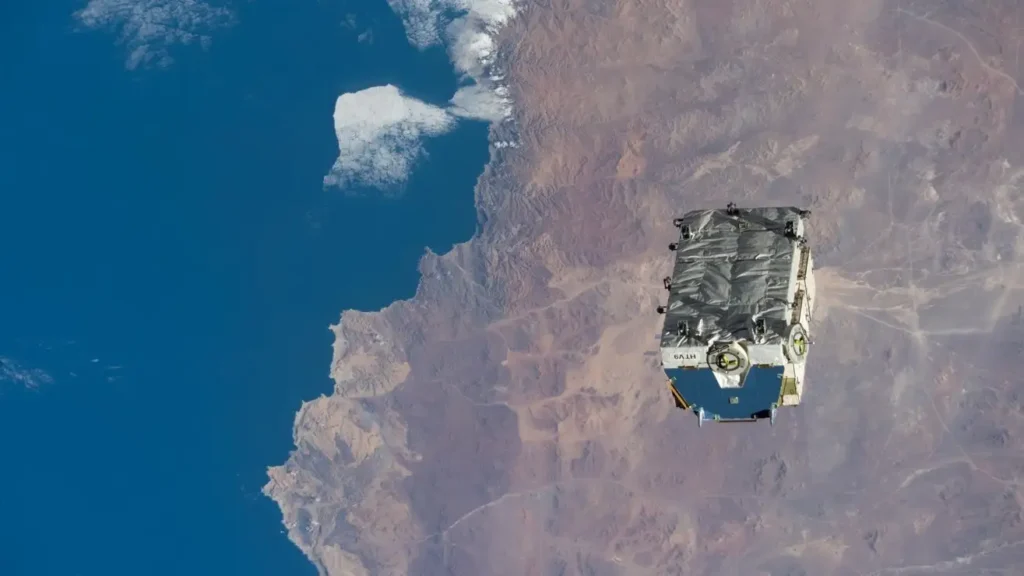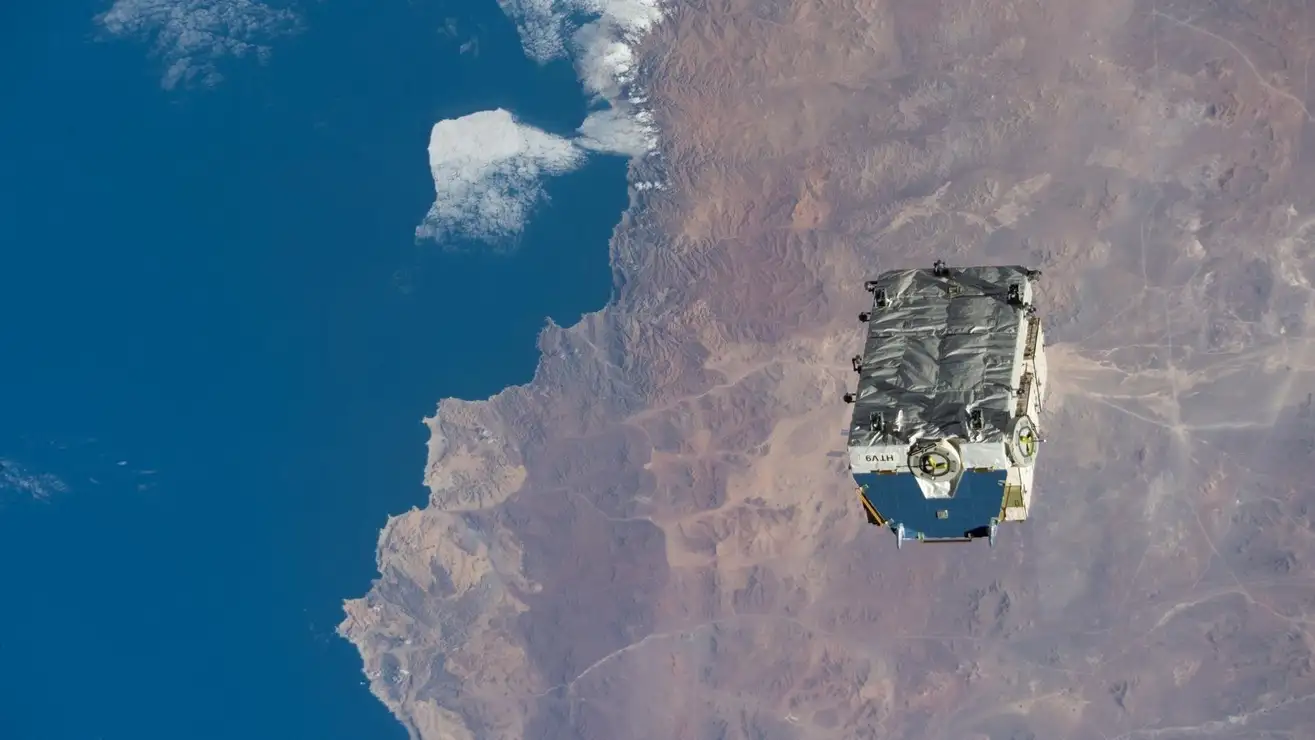Reentry of Used ISS Batteries Over the Gulf of Mexico
On the 8th of March, a significant event occurred as a collection of spent batteries from the International Space Station (ISS) made its reentry into Earth’s atmosphere. This event unfolded above the Gulf of Mexico, marking a notable moment in the history of space missions. The batch, comprising nine batteries and weighing approximately 2.9 tons, embarked on its return journey following an unplanned and erratic orbit around Earth.

Initially released into space by the Canadarm2 robotic arm in March 2021, the batteries have since been on an uncontrolled descent towards the planet. This unpredictable trajectory culminated last week when the batteries reentered the atmosphere over regions near Cancun and Cuba around 3:29 p.m. ET, as observed by astrophysicist Jonathan McDowell.
Fate of the Battery Pallet Upon Reentry
The exact outcome of the battery pallet’s reentry remains uncertain, with speculations on whether it completely disintegrated or if fragments survived the intense heat of reentry. The European Space Agency (ESA) closely monitored the situation, assessing the possibility of debris reaching Earth’s surface. Despite the potential risks, the chances of debris causing harm were deemed extremely low, and there have been no reported incidents of injury or damage following the reentry.
Historical Context and Disposal Challenges
This event marked the heaviest piece of ISS waste ever to be discarded back to Earth. The pallet was part of a mission initiated in May 2020, transported by a Japanese cargo ship with the aim of upgrading the ISS’s power storage capabilities. The mission involved replacing outdated nickel-hydrogen batteries with advanced lithium-ion alternatives, capable of more efficiently storing solar energy.
Ideally, the obsolete batteries would have been securely disposed of via a Japanese HTV cargo spacecraft. However, logistical constraints on waste disposal from the ISS led to the decision to jettison the batteries using the station’s robotic arm, resulting in their uncontrolled reentry.
Implications for Future Space Debris Management
The phenomenon of large objects, like the battery pallet, reentering Earth’s atmosphere without control is relatively rare. Space agencies typically ensure that such objects burn up completely upon reentry, leaving no trace. The accepted standard by space agencies, including ESA, is a casualty risk threshold of 1 in 10,000 for these events. However, as space exploration intensifies and more entities participate, maintaining adherence to these standards may become challenging, potentially necessitating the development of new regulations to manage space debris effectively.
